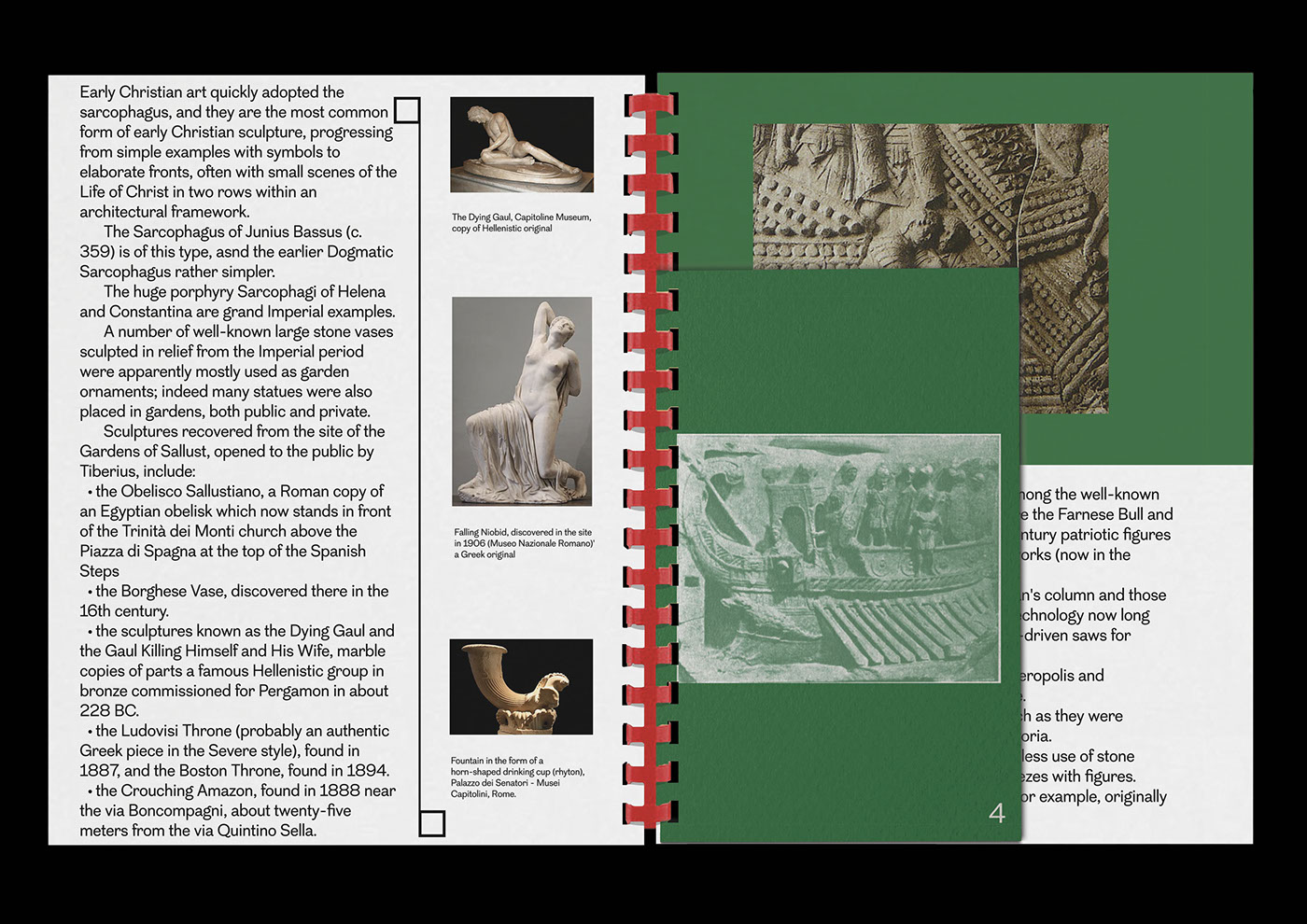
ABOUT THE PROJECT
The use of sarcophagi was common among the Etruscans and Greeks, but in Rome it was widely used only from the second century when the habit of the cremation of the dead was replaced by burial and expanded throughout the empire. Their production was established in three main centers - Rome, Attica and Asia - and was divided into several different models. One, the most common, was a chest decorated with figurative reliefs and with a more or less smooth lid; another type showed another similarly decorated cover, where the sculptural portraits of the deceased could be depicted as if they were seated at a banquet, a pattern derived from Etruscan art. Both originated in specimens decorated with reliefs of extraordinary sophistication and complexity. A third type, confined to Rome, had an abstract or floral decoration and heads of animals, mostly lions, at the extremities. In any case there was a lot of variation and mixing between these models and their decorative quality and richness depended on the wealth of the family that would commission the realization.




















